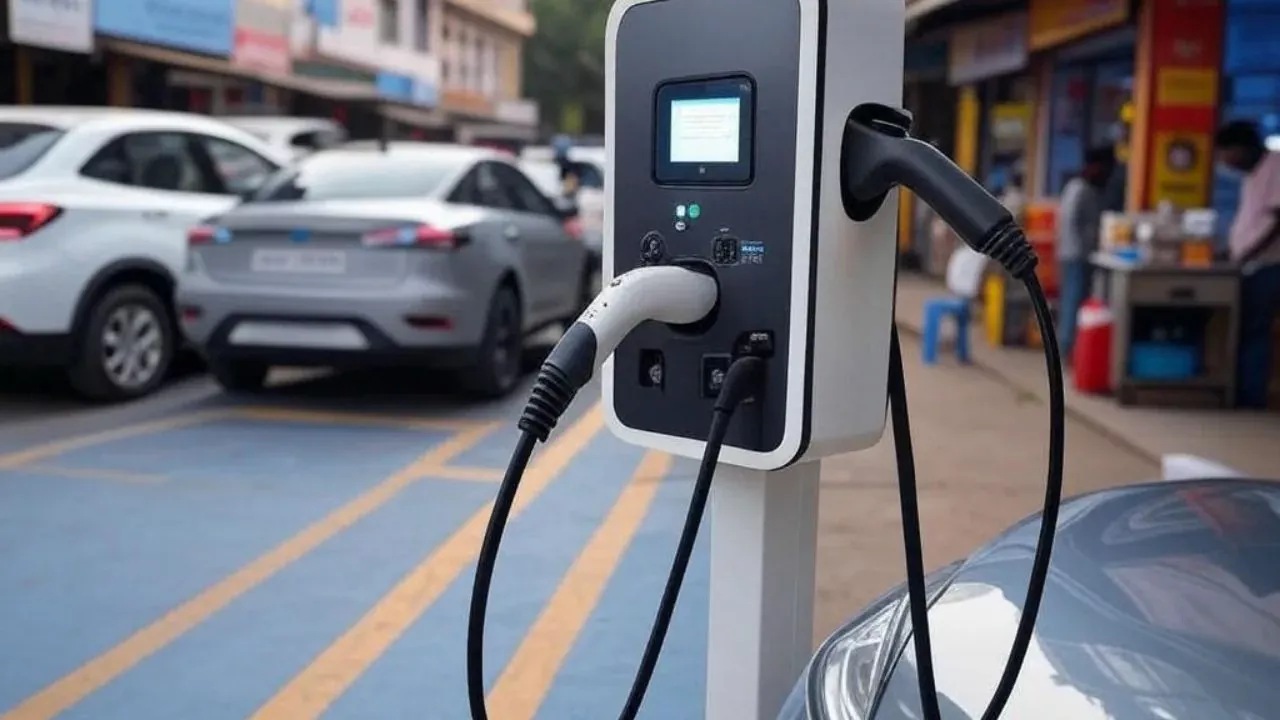New Delhi, April 25, 2025 – India’s ambitious goal of achieving 30% electric vehicle (EV) penetration in vehicle sales by 2030 is being fueled by robust government incentives, but high import tariffs and infrastructure bottlenecks continue to pose significant hurdles, according to industry experts and recent policy developments.
Government Incentives Driving EV Adoption
The Indian government has rolled out several initiatives to accelerate EV adoption. The PM E-DRIVE scheme, launched to promote electric mobility, provides subsidies for EV purchases and supports the development of charging infrastructure. Similarly, the PM-eBus Sewa program is facilitating the deployment of electric buses across cities, with Delhi alone planning to add 2,080 e-buses to its fleet of 2,152. A key policy move has been the reduction of the Goods and Services Tax (GST) on EVs from 12% to 5%, making electric vehicles more affordable for consumers.
These measures have already shown results. India’s EV sector recorded 20 lakh annual sales in FY25, with cumulative sales reaching 61.65 lakh units, driven largely by electric two-wheelers and three-wheelers. “The government’s incentives are creating a strong foundation for EV growth,” said Ankit Sharma, an analyst at the Society of Indian Automobile Manufacturers (SIAM). “Policies like PM E-DRIVE are encouraging both manufacturers and buyers to embrace electric mobility.”
The Delhi EV Policy 2.0, which aims to phase out new petrol two-wheeler registrations by August 2026 and CNG three-wheelers by August 2025, is further accelerating the shift to EVs in the capital. Nationwide, these efforts align with India’s broader climate goals and the push to reduce dependence on fossil fuels.
Challenges Threatening Progress
Despite these advancements, significant challenges threaten to slow India’s EV ambitions. High import tariffs of 100% on EVs and components, particularly batteries, are a major concern for manufacturers. These tariffs increase production costs, making EVs less competitive compared to internal combustion engine (ICE) vehicles. “The high tariffs protect local industry but discourage global players like Tesla from fully committing to India,” noted Priya Mehra, an automotive industry consultant. Tesla, which recently leased showroom spaces in Mumbai and Delhi, has cited tariffs as a barrier to its market entry.
Charging infrastructure remains another critical bottleneck. While urban areas are seeing a gradual rollout of charging stations, rural and semi-urban regions lack adequate facilities, limiting EV adoption outside major cities. The high cost of setting up chargers, coupled with an unreliable power grid heavily reliant on coal, adds to the challenge. “Without a robust and renewable-powered charging network, range anxiety will continue to deter consumers,” said Rohan Patel, an EV infrastructure expert.
Battery costs are also a persistent issue. With India importing most of its lithium-ion batteries, price volatility and supply chain disruptions pose risks. Although domestic battery production is ramping up, supported by government initiatives like the Production Linked Incentive (PLI) scheme, the industry is still years away from self-sufficiency. “Affordable batteries are the backbone of EV scalability. We need faster localization to bring costs down,” said Neha Gupta, CEO of a Delhi-based EV startup.
Balancing Ambition and Reality
The government’s 30% EV sales target by 2030 is ambitious, but experts warn that addressing these challenges is critical to sustaining momentum. The collapse of BluSmart, India’s largest all-electric fleet operator, earlier this year highlighted the fragility of the EV ecosystem, leaving automakers like Tata Motors and Citroën with unsold inventory. Meanwhile, traditional manufacturers face financial risks as they transition from ICE to EV production, a concern echoed in a recent Imperial College study.
Industry leaders are calling for a balanced approach. “The government’s incentives are a game-changer, but we need clarity on tariff policies and a roadmap for charging infrastructure,” said Vikram Singh, a senior executive at Bajaj Auto, a leading electric two-wheeler manufacturer. Suggestions include reducing import duties on critical components, offering tax breaks for charging station operators, and increasing investments in renewable energy to power EVs.
Public Sentiment and the Road Ahead
Posts on X reflect growing excitement about government schemes like PM E-DRIVE and the potential entry of global players like Tesla. However, users frequently voice concerns about charging availability and high upfront EV costs, underscoring the need for practical solutions.
As India’s EV market continues to evolve, the government’s ability to address infrastructure gaps, streamline tariffs, and sustain financial support will determine whether the country can meet its 2030 target. For now, the combination of bold policies and persistent challenges defines India’s complex journey toward an electric future.

